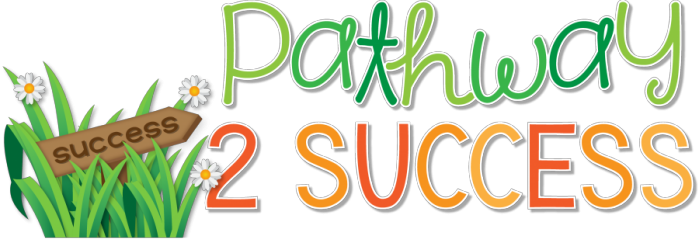Executive functioning skills are the building blocks to success. These are the skills that help us plan, organize, prioritize, start tasks, manage our time, and work through challenges. Without a doubt, these are skills we all use every day, and that includes children and teens.
So you want to teach executive functioning skills to kids and teens, but aren’t sure exactly how to start? Below I’ve listed seven meaningful strategies to introduce and explain executive functioning skills to your learners. Use any (or all) of these simple strategies to start learning about these important skills.
1. Make Real-Life Connections with Executive Functioning Skills
Let students know you are going to help them learn about their brains. You might ask kids things like: Who here ever struggles with doing homework? Who has difficulty keeping an organized notebook? Have you ever started a project but you don’t know how to start? Have you gone to take a test but then realizes you studied the wrong information? What about making a choice and then realizing that wasn’t the best thing? These are all examples of executive functioning skills in our brains that help us do daily tasks.
2. Compare Executive Functioning to an Air Traffic Controller
Explain that executive functions are like an air traffic controller. Imagine a busy airport filled with planes coming and going. Airports need someone in charge to help the planes figure out when and where to land and take off. Something similar is happening in your brain throughout your busy day too.
In your brain, you’ve got parts of your brain that tell other parts to activate at certain times. Need to put papers away? Your brain needs to activate planning and organization. Need to start homework? Your brain has to activate self-control, organization, and task initiation. Playing a soccer game? Your brain needs attention, flexibility, and perseverance. These are just a few examples, but show how our brains rely on these skills to do lots of every day things. When we improve our brain’s ability to know when and how to activate these skills, we really can make our lives easier and better!
Note: If the idea of an air traffic controller is too complex or abstract for your kids, use the same idea with a manager. Executive functions are like a boss telling others what to do. Both of these explanations can help kids and teens understand the basis for executive functioning and the skills involved.
3. Color As You Talk About Executive Functioning Skills
Use coloring as a hands-on experience as you introduce each of the executive functioning skills from planning to perseverance. Use this free executive functioning poster and coloring page. You can start by reading the executive functioning skill and the definition. Have students color in the image. Then, ask students to consider when they might use that skill in their lives.
If you need a little bit more instruction, use these executive functioning coloring bookmarks. They include a new bookmark for several different executive functioning skills. My favorite part is that once students create the bookmark, they can use it throughout the week to remember that skill.

